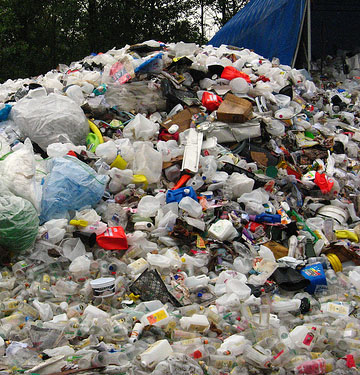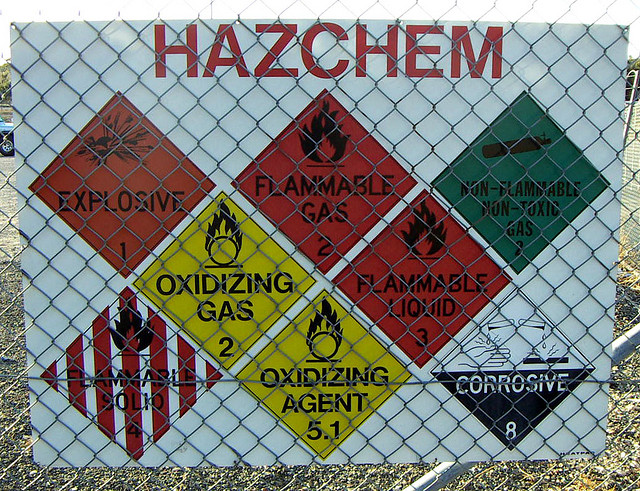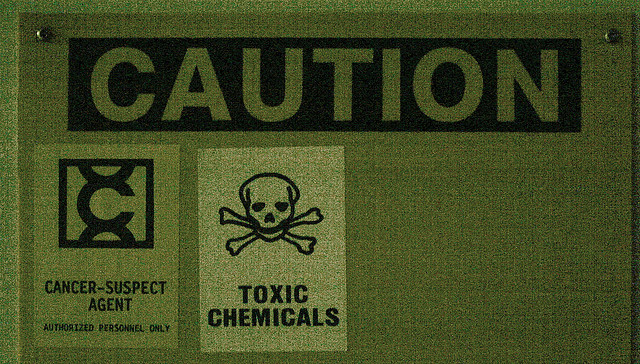Adopted half a century ago, the Solid Waste Disposal Act (SWDA) of 1965 is one of the first federal statutes in the modern era of environmental protection. SWDA focused originally on worries that a “landfill crisis” combined predictions that landfills would soon be too full to provide disposal capacity, and longstanding concerns that poorly designed municipal and industrial landfills might not protect public health. The Environmental Protection Agency (EPA) has applied SWDA authority to adopt landfill standards, which are administered by state and local governments nationwide.
Audit, Compliance and Risk Blog
Expanding Recycling Responsibilities for Specific Solid Wastes
Posted by Jon Elliott on Mon, Feb 23, 2015
Tags: Corporate Governance, Health & Safety, Environmental risks, Environmental, EPA, Hazcom
The Resource Conservation and Recovery Act (RCRA) and its state counterparts provide requirements to govern hazardous wastes during every step of their management, from “cradle to grave.” Although these rules are intended to improve management and provide incentives for recycling and other beneficial uses of hazardous wastes, many organizations find many of the rules unnecessarily onerous – and therefore potentially counterproductive if they actually discourage beneficial activities. In addition, over time changes in technologies, commercial activities and regulatory priorities reveal gaps in existing rules. In January, the Environmental Protection Agency (EPA) revised its “Definition of Solid Waste” rules governing a number of potentially hazardous wastes that it instead considers to be “hazardous secondary materials”, and the range of recycling and recovery activities eligible for special regulatory considerations. The revisions become effective on July 13, 2015.
Tags: Environmental risks, Environmental, EPA, Hazcom, RCRA
California Law Requires Long-Life Batteries in Smoke Detectors
Posted by STP Editorial Team on Mon, Feb 16, 2015
How many times have you popped the batteries out of those old smoke detectors when the alarm blasted over burnt toast…and then failed to put the batteries back in? Or how about not replacing the batteries when they die or checking to see if the alarm is still in working order? Is there even a smoke detector in the house?
Tags: Corporate Governance, Business & Legal, Health & Safety, California Legislation, Environmental risks, Environmental, Transportation
Being a good citizen and composting food scraps really isn’t that hard if you live in a house. But what if you live in a condo? You might think it isn’t possible (or maybe you even think it isn’t worth it) to do your part and compost your organic wastes. Let me show you how to do it and why it’s worth it.
Tags: Health & Safety, Environmental risks, Environmental, EHS, Greenhouse Gas, ghg
Congress Updates Chemical Facility Anti-Terrorism Standards
Posted by Jon Elliott on Mon, Feb 02, 2015
In 2007, Congress added a provision to the Department of Homeland Security (DHS) budget, directing DHS to create a program to identify chemicals that might be tempting targets for terrorists, and to require facility that handle sufficiently large quantities of these chemicals of interest to establish security programs subject to DHS oversight (“Section 550”). DHS responded to Section 550 by issuing Chemical Facility Anti-terrorism Standards (CFATS) rules, requiring compliance to begin in 2008.
Tags: Corporate Governance, Business & Legal, Employer Best Practices, Health & Safety, Environmental risks, Environmental, Hazcom, Workplace violence
The British Columbia Supreme Court affirmed the reasoning of the Provincial Court trial judge that convicted a director, Mission Western Developments Ltd. and its director, Blake Larsen, of offenses under the federal Fisheries Act that occurred during land clearing operations near Wildebank Creek in Mission, British Columbia (R. v. Larsen, 2013 BCPC 92, affirmed 2014 BCSC 2084). In rejecting the appeal by the accused, the Supreme Court held that the Provincial Court judge had applied the correct legal principles for determining the necessary elements to obtain a conviction for impairment of fish habitat under the Fisheries Act. These principles were:
Tags: Corporate Governance, Business & Legal, Health & Safety, Environmental risks, Environmental, Canadian
EPA Proposes Stricter Standards For Ground Level Ozone in Ambient Air
Posted by Jon Elliott on Mon, Jan 19, 2015
The Clean Air Act (CAA) requires the Environmental Protection Agency (EPA) to create a list of air pollutants based on emissions that cause or contribute to air pollution that may reasonably be anticipated to endanger public health or welfare. EPA also sets air quality criteria for acceptable concentrations in ambient air, referred to as National Ambient Air Quality Standards (NAAQS).
Tags: Environmental risks, Environmental, EPA, Greenhouse Gas, ghg, climate change
Hazardous Chemicals: Our Communities Have the Right to Know
Posted by STP Editorial Team on Wed, Jan 14, 2015
Our communities have the right to know when they are at risk of exposure to dangerous substances from accidental releases such as, but not limited to, chlorine, ammonia, hydrochloric acid, and sulfur dioxide. The US Environmental Protection Agency (EPA) agrees. In 1986 EPA created the Emergency Planning and Community Right-to-Know Act (EPCRA) to help communities plan for just such emergencies. EPCRA requires that federal, state, and local governments, Indian tribes, and industries be prepared for hazardous chemical emergencies. It also requires facilities to follow all recordkeeping requirements and report the storage, use, and release of hazardous chemicals to federal, state, and local governments.
Tags: Corporate Governance, Business & Legal, Employer Best Practices, Health & Safety, Employee Rights, Environmental risks, Environmental, EHS, EPA, Hazcom
BC Supreme Court Affirms “Polluter Pays” for Site Remediation
Posted by Kristen Brewer on Mon, Jan 12, 2015
Tags: Corporate Governance, Business & Legal, Environmental risks, Environmental, Canadian
To Frack Or Not To Frack? California and New York Provide Opposite Answers
Posted by Jon Elliott on Mon, Dec 22, 2014
Many readers will know that political and legal regulatory developments have lagged the technical developments in hydraulic fracturing and other enhanced oil and gas recovery techniques – “fracking.” Some jurisdictions focus on the jobs and taxes that result from resource extraction, while others focus on the potential environmental hazards. As 2015 begins, we find California and New York – which typically agree on significant environmental policy questions – adopting opposite responses.
Tags: Business & Legal, Environmental risks, EPA, ghg, fracking, hydraulic fracking










